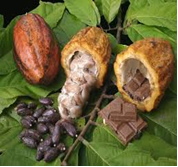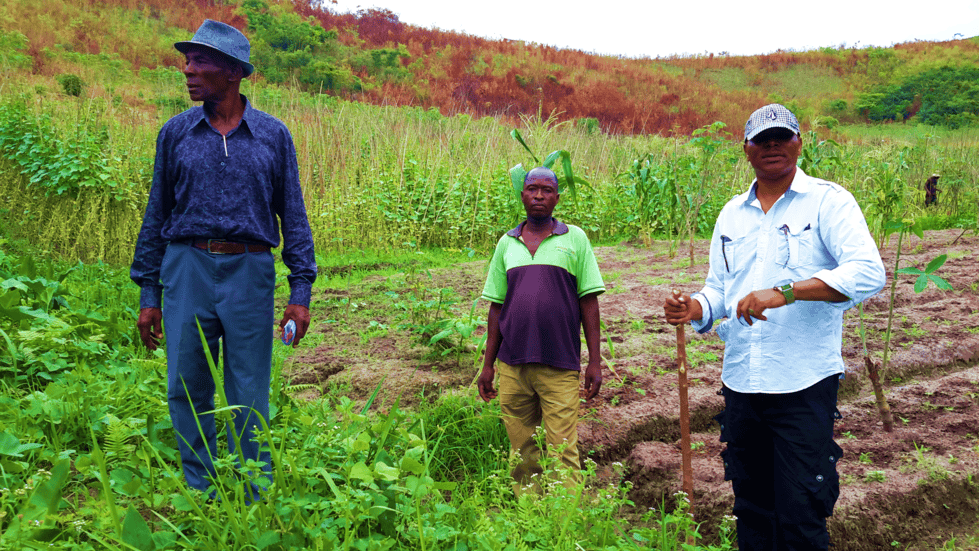The main food crops grown in the Kongo Central province include: maize, cassava, sweet potatoes, beans, peas and green grams while main cash crops grown include: cashew nuts, coconut, sugarcane, bixa and semi -commercial crops like citrus, passion and mangoes, grapes. Even though there is high production potential, of these crops, current yields are very low due to poor agronomic practices with low rainfall.
Livestock production is the main economic activity in the rangeland where local breeds of both cattle and small ruminants mainly goats are kept in large numbers with very KCFFw crosses of improved breeds. Though livestock population is high, production has remained low due to low quality breeds compounded with poor husbandry and high incidences of pests and diseases.
The proposed project intends to improve agriculture through intensive commercial farming and subsistence through Irrigation of farmland using desalinated waters.
- Creating storage facilities and markets for agriculture.
- Value is added through food processing plants like mills, fruit extraction plants, etc.
- Introduction of poultry farming and chicken sausage plants.
- Animal husbandry to improve on milk production and meat.
- Introduce oil extraction industries and other related products.
- Textile and leather industry.
The projects intend to introduce commercial agriculture that is intensive in one or more ways. Forms that will rely especially heavily on industrial methods are often called industrial agriculture, which is characterized by innovations designed to increase yield. Techniques include planting multiple crops per year, reducing the frequency of fallow years, and improving cultivars. It also involves increased use of fertilizers, plant growth regulators, pesticides, and mechanized agriculture, controlled by increased and more detailed analysis of growing conditions, including weather, soil, water, weeds and pests. This system is supported by ongoing innovation in agricultural machinery and farming methods, genetic technology, techniques for achieving economies of scale,
logistics, and data collection and analysis technology. Intensive farms are widespread in developed nations and increasingly prevalent worldwide. Most of the meat, dairy, eggs, fruits and vegetables available in supermarkets are produced by such farms.
Smaller intensive farms usually include higher inputs of labor and more often use sustainable intensive methods. The farming practices commonly found on such farms are referred to as appropriate technology. These farms are less widespread in both developed countries and worldwide, but are growing more rapidly. Most of the food available in specialty markets such as farmers markets is produced by these smallholder farms.






